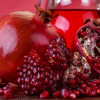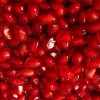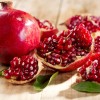How to choose the right white garnet?
Content
Origin
The pomegranate has been known to mankind for more than four thousand years, the Italians are sure that it was Eve who proposed it to Adam in the Garden of Eden, some languages contain the word apple in the names of this fruit. At all times, people not only enjoyed the luxurious taste of its berries, but also were treated with all parts of the plant, as can be seen by reading the treatises of Avicenna. This culture grows in a subtropical climate, which means that it comes to us from Western Asia, Azerbaijan, Armenia, Georgia, Turkey, Afghanistan.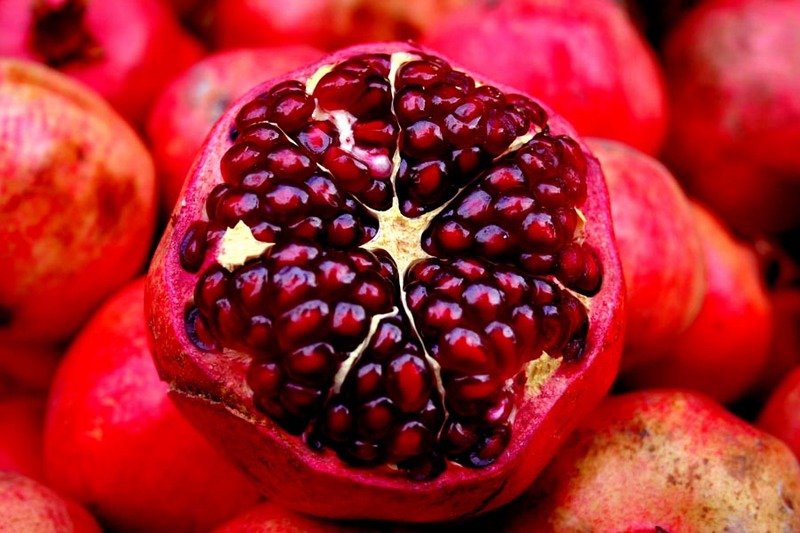
The fruits can be stored for a long time at a temperature of +2 degrees and a humidity of at least 85%. They ripen from mid-September, and then they are transported to all continents. The closer the path, the more confidence that they are ripe, so you need to choose those fruits that are ripe closest to us. Before buying expensive and such useful fruits, it is advisable to inquire about their origin - there is a difference between the time and conditions of delivery from Turkey or Turkmenistan.
Video "Benefit"
From the video you will find out what is the use of a pomegranate.
Peel
Only those who understand its varieties can pay attention to the color of the pomegranate. The fact is that the color of the peel of the fruit does not change, which means it does not depend on the degree of maturity. The color of the fruit is different - yellow, orange, sand, pink, red, rusty-brownish, with a light barrel or deep red. All this speaks about varieties and growing conditions, but not about ripeness. 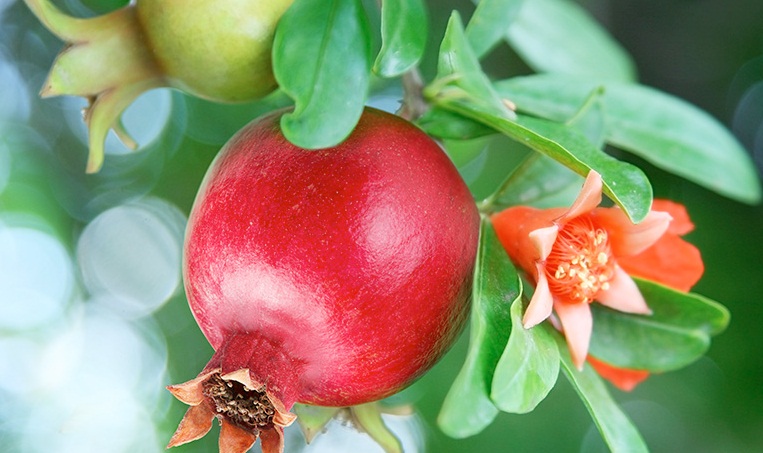 Therefore, it can be difficult for beginners to figure out when to remove the fruits, they themselves do not fall from the tree, they have to be cut with a pruner.
Therefore, it can be difficult for beginners to figure out when to remove the fruits, they themselves do not fall from the tree, they have to be cut with a pruner.
When choosing a fruit on a store counter or on a market stall, you need to pay attention to the integrity of the peel, uniformity of color, it should not have any spots or black dots suggesting rot.
In addition, it should fit the grains tightly, like a good glove hand - this indicates that they are completely filled with juice, and the skin does not allow them to grow further. Here you need to be careful - overdried cracking skin indicates too long storage and unsuitable conditions for this.
Flower
Each pomegranate contains the remains of a flower. The so-called "crown" can tell us how ripe the fruit we took in our hand: if all the cloves are dry and break well, and the middle does not contain any remnants of greenery, then the ripe fruit was picked. This flower can be of varying degrees of openness, but the main thing is that it does not contain not only greenery, but also no traces of mold. 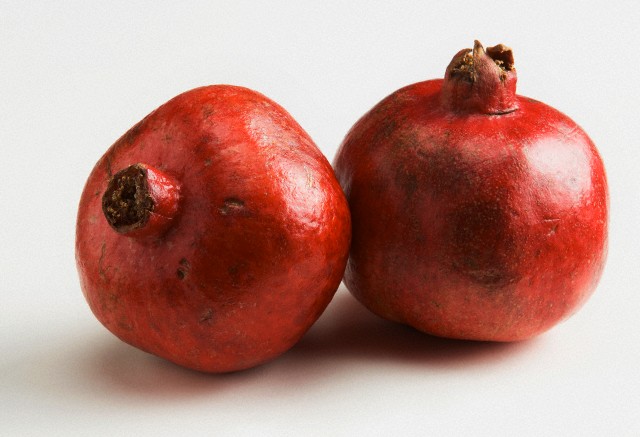 You can not only turn the fruit, examine it from all sides, look from the side of the flower, you also need to smell it. Properly stored fruit should be odorless.Its own faint, fresh, slightly spicy aroma can only be discerned by breaking (or cutting) the skin. So, if you smell the faint smell of mold, put the fruit back in place, it is better to look at another seller.
You can not only turn the fruit, examine it from all sides, look from the side of the flower, you also need to smell it. Properly stored fruit should be odorless.Its own faint, fresh, slightly spicy aroma can only be discerned by breaking (or cutting) the skin. So, if you smell the faint smell of mold, put the fruit back in place, it is better to look at another seller.
Grain color
The color and taste of the grains differ from one cultivar to another. The grains are white, pale pink, red, purple. The taste of pomegranate is rich, full-bodied, its pulp contains sugars and acids, the amount of which explains the difference. The astringency and bitterness that remains on the tongue after the juice most often comes from the skin, and the berries themselves are sweet or sweet and sour. By the way, it is because of the very active acids that it is recommended to drink juice through a straw, and after eating berries, you definitely need to brush your teeth or at least rinse your mouth with clean water - these very acids (which are very useful for the body) destroy tooth enamel.
We are accustomed to the fact that pomegranate seeds should be dark red, it is these that look great on the table as decoration, which is why they are used for salads or desserts. They are usually sour, and the sweetest fruit contains white or pale pink grains. Such grenades have recently been brought to us from Turkey. They contain less acids but more sugars.
To the touch
When choosing a pomegranate, you can stroke its skin with your fingers - too even and wet indicates immaturity.
When ripe, the pomegranate skin becomes rough, the ripe fruit itself will never be exactly rounded, it is rather ribbed, and in some places you can even feel the surface of the grains under the tightly stretched outer shell.
If you take it with your hands and compare the weight of two fruits that are approximately the same in volume, then you should buy the heavier one - its grains are more juicy.
Where to buy
We usually buy groceries from the same people in the bazaar or use the same stores with a proven track record. Don't change your habit when buying pomegranates. Decent stores report where the goods came from, where the fruits grew. 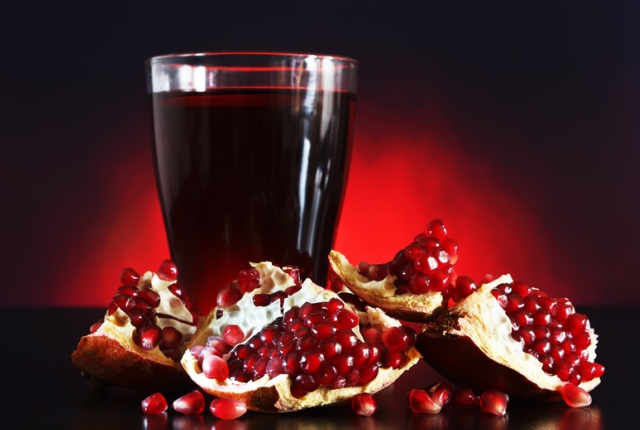 And at the bazaar, it is likely that a person who brings his fruit for sale will evoke more confidence than a reseller who is indifferent to the product. A good salesperson will usually show you the sort of pomegranate cut he is offering to show the customer the color of the beans. One way or another, you need to carefully examine the fruits, entrust your intuition, choose the ones that are right for you the most, taking into account all of the above, they will bring the most benefit.
And at the bazaar, it is likely that a person who brings his fruit for sale will evoke more confidence than a reseller who is indifferent to the product. A good salesperson will usually show you the sort of pomegranate cut he is offering to show the customer the color of the beans. One way or another, you need to carefully examine the fruits, entrust your intuition, choose the ones that are right for you the most, taking into account all of the above, they will bring the most benefit.
Video "How to choose a ripe fruit"
This video will show you how to choose a good ripe fruit.

